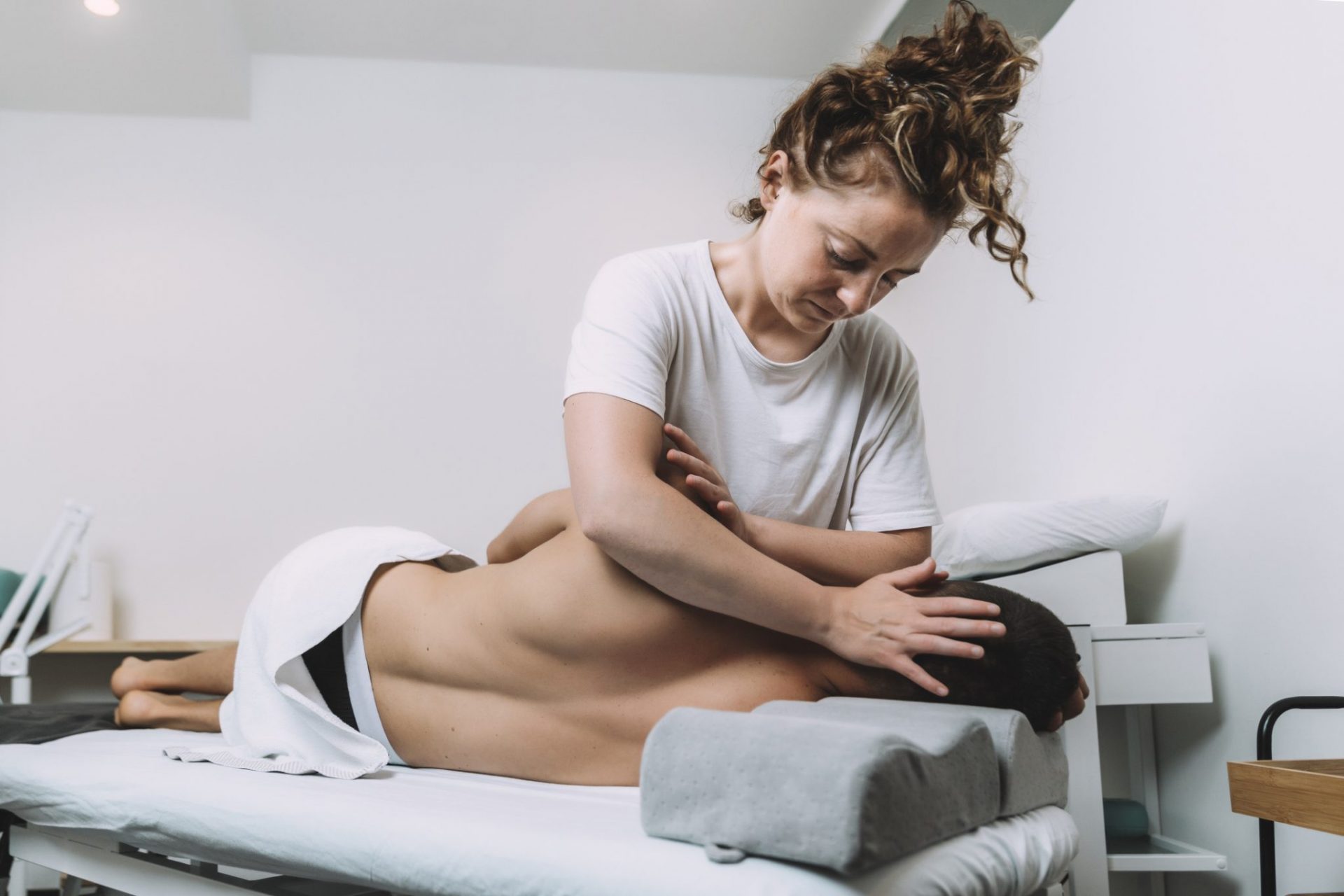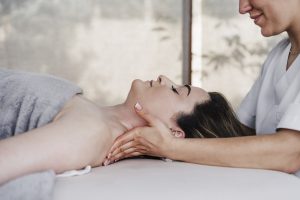Health and well-being: when form rhymes with standard

It’s done: after more than two years’ work, sophrologists and osteopaths now have their first voluntary standard: NF S99-805 for sophrologists, NF S99-806 for osteopaths. They share best practices and propose common methods, thus erasing disparities between practitioners.
Sophrology remains a discipline not recognized by the Ministry of Health, but it is closely linked to our healthcare system. The same applies to osteopathy. To date, there are no official studies proving the efficacy and benefits of sophrology. Yet more and more healthcare professionals are prescribing sophrology, and agree that a patient accompanied by sophrology is more inclined to accept care and treatment. Common fields of application include pain control, stress management and mental preparation. ” Sophrology embraces societal issues. Some practitioners even choose to visit prisons to help detainees live constructively during their time there,” explains Olivia Roux, President of the Fédération des écoles professionnelles en sophrologie (FEPS).
Quality of service in sophrology: a list of best practices
A few years ago, the profession felt the need to adopt standards-based tools to define best practices and thus emphasize quality of care. We presented it to you here. Please note: we are talking here about voluntary norms and standards, not regulatory measures enacted by public authorities.
 In this case, the standard is invaluable in clearly defining what a sophrologist can and cannot do, and in preventing the profession from going astray, starting with the fact that a sophrologist does not diagnose or even touch his or her patient. With so many different ideological currents in the practice since it was founded in 1960, and so much controversy, it was necessary to bring all the players together. It wasn’t easy, but we managed it,” explains Olivia Roux, for FEPS, one of the players represented around the standardization table. I admit to having had a few reservations myself when I joined the
In this case, the standard is invaluable in clearly defining what a sophrologist can and cannot do, and in preventing the profession from going astray, starting with the fact that a sophrologist does not diagnose or even touch his or her patient. With so many different ideological currents in the practice since it was founded in 1960, and so much controversy, it was necessary to bring all the players together. It wasn’t easy, but we managed it,” explains Olivia Roux, for FEPS, one of the players represented around the standardization table. I admit to having had a few reservations myself when I joined the
commission led by AFNOR
. But as the work progressed, I realized that the standard would help us strengthen our network. And this, in order to bring a clearer, more assertive dimension to the business. This standard tells us how to move from a method to a profession.
The result is the NF S99-805 standard. This standard should also be seen as the first step in a global process of reflection that will lead to other joint projects, including the length of training courses for sophrologists. Indeed, this remains a point of disagreement between professionals, whose training modules can vary from one week to… two years! In the meantime, the standard plays its role as a guide, a concentrate of good practice, giving rise to a notion of commitment akin to an oath.
Audience recognition
The same connotation applies to the new NF S99-806 standard written by and for another family of healthcare professionals: osteopaths. ” The demand from this ‘unordered’ profession was to build a reference base containing all the rules accepted by practitioners wishing to apply the standard”, explains Yves Lecointe, Chairman of the AFNOR standardization commission, which brought together federations, unions and schools. This complements the first European standard published in 2015, NF EN 16686, which focuses on service quality.
The principle of the patient’s contribution to the relationship has been reiterated, and everything has been spelled out: consent, care, confidentiality of records, data protection, and also the maintenance of the practice environment. Defining the exercise of the profession also means setting out its limits, such as the fact that osteopathy is not a business and that osteopaths cannot use their title for commercial practices, such as the resale of products related to health, care or well-being (dietary supplements or others). In short, a document written in the spirit of a charter, to establish the seriousness, quality and credibility of a profession in liaison with the medical profession and other healthcare professions. This is a major step towards recognition: from patients, who see it as a guarantee of seriousness; from public authorities, who have a say in the accreditation of schools; and from complementary health insurance organizations, some of which have been accepting reimbursement for one or more sessions per year for several years now.
practice environment. Defining the exercise of the profession also means setting out its limits, such as the fact that osteopathy is not a business and that osteopaths cannot use their title for commercial practices, such as the resale of products related to health, care or well-being (dietary supplements or others). In short, a document written in the spirit of a charter, to establish the seriousness, quality and credibility of a profession in liaison with the medical profession and other healthcare professions. This is a major step towards recognition: from patients, who see it as a guarantee of seriousness; from public authorities, who have a say in the accreditation of schools; and from complementary health insurance organizations, some of which have been accepting reimbursement for one or more sessions per year for several years now.
Dentists welcome to the standardization table
Seen as a means of standardizing practices, the voluntary standard is a useful tool not only for wellness professionals, but also for the paramedical world and healthcare professionals themselves. This is particularly true in the field of oral medicine, where the work on standards is a treasure trove. The standards committee that hosts them has produced many useful standards for the day-to-day work of dentists and their equipment manufacturers and suppliers. Among the experts around the table: Dr Kazutoyo Yasukawa, a university hospital dentist convinced of the benefits of standards. ” This ranges from pH variation on dental brightening products, to the effectiveness of attachment systems on electric toothbrush heads, to products used to make impressions, and even terminology for forensic oral data. The list of subjects is a long one, and the standard provides security,” he says.. We need a strong common position to defend quality practices, with quality materials and devices, for the safety of all our patients.. “Interested? Contact Anne Girard or Laura Pezet at AFNOR.
Featured image: ©Getty Images/Mikel Taboada
Inside image 1: ©Getty Images/Richard Villalon
Interior image 2: ©Getty Images/Westend61